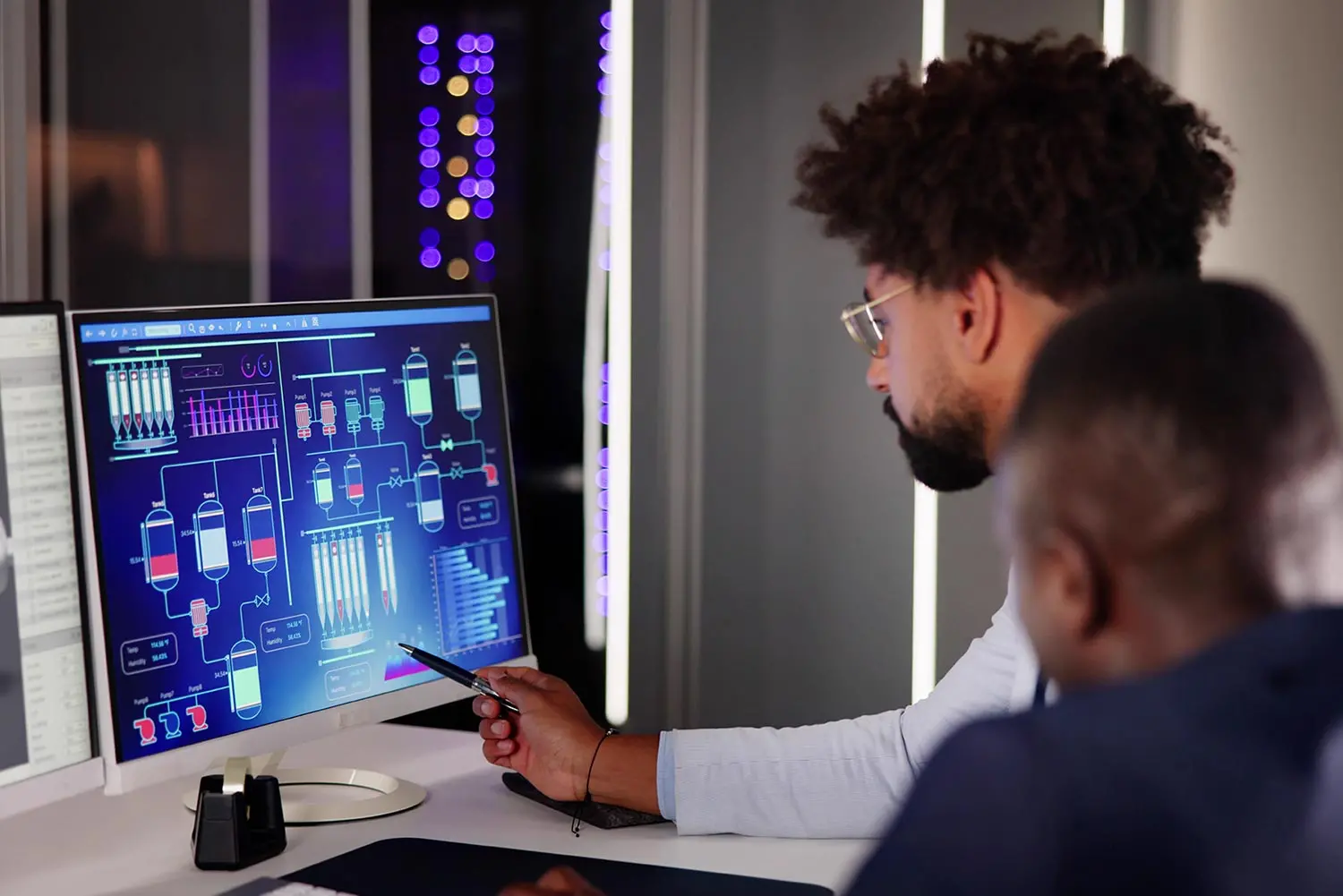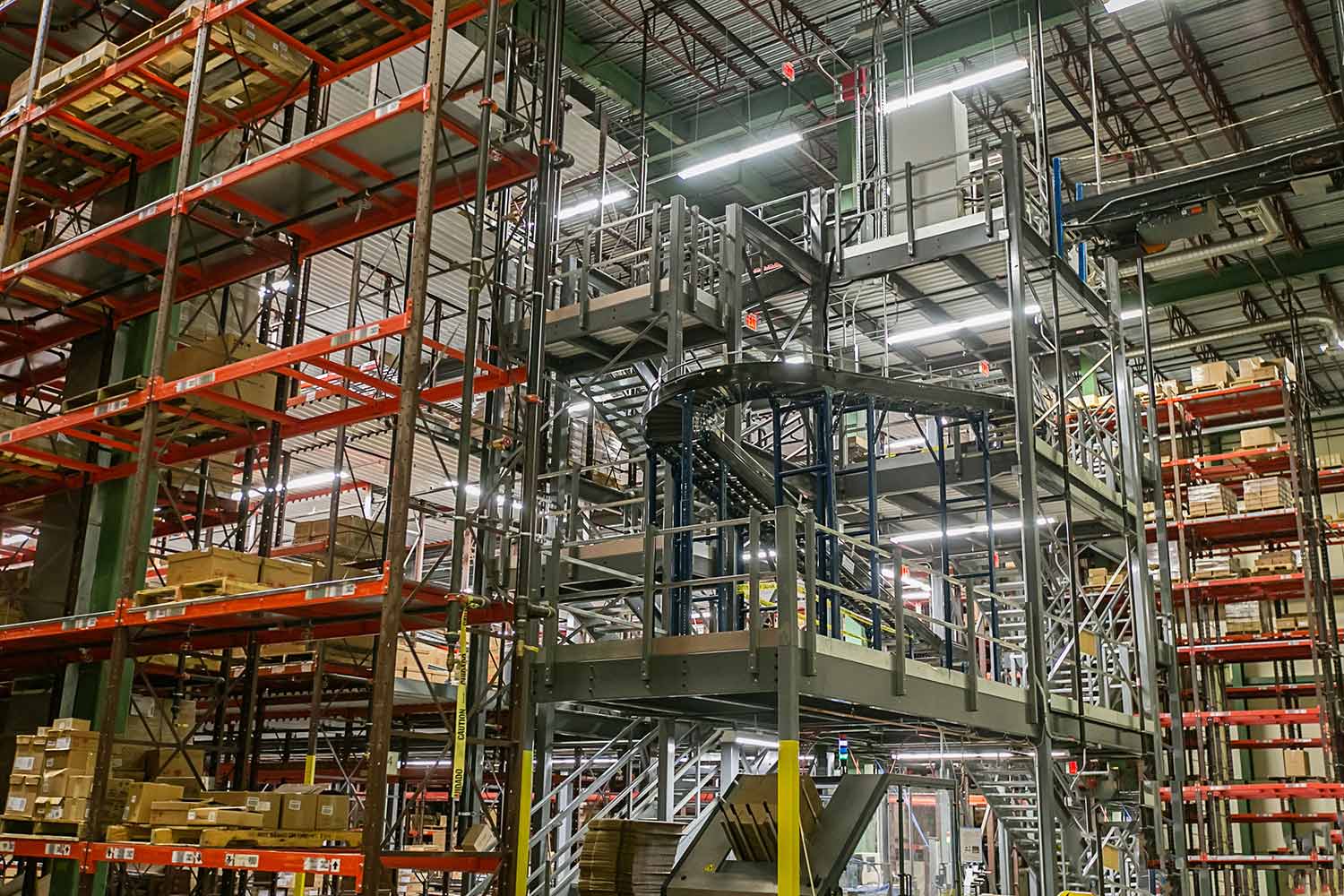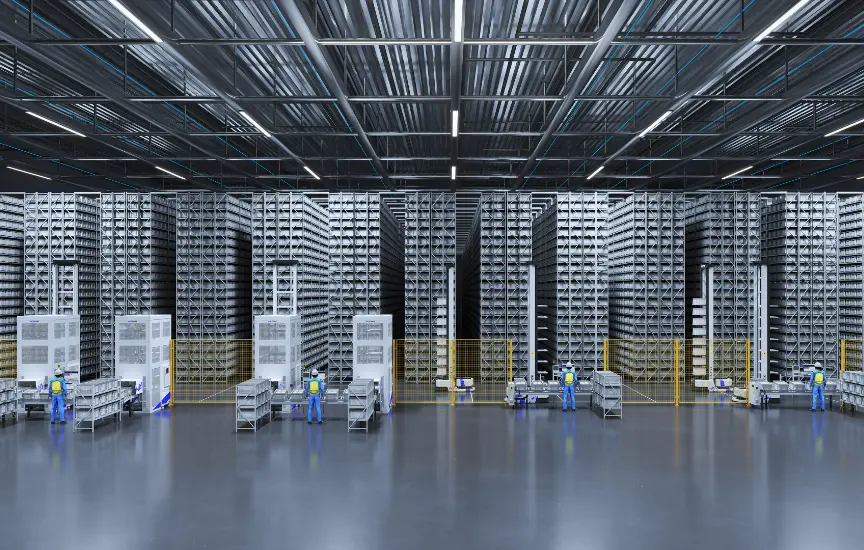
January 9th, 2023
4 min readAutomation and the 24/7 Supply Chain
Warehouse and distribution center automation, specifically drones and autonomous vehicles, are shaping the future of fulfillment.
Warehouse and distribution center automation, specifically drones and autonomous vehicles, are shaping the future of fulfillment.
According to the latest data from the U.S. government (that is, as of November 2022), approximately 15% of all retail sales are made online. What’s more, Pew Research’s latest report on e-commerce says 79% of Americans have shopped online – and that data is from way back in 2016. And common sense says online shopping is only going to grow.
But perhaps the greater change in commerce for manufacturers and distributors is the so-called Amazon Effect: Everybody wants their stuff shipped almost immediately so that it can be delivered to their doorstep in increasingly shorter periods of time.
So what are operators of warehouses and distribution centers to do in order to meet this new normal? In an age of consumers wanting it yesterday, autonomous material handling equipment is providing the solutions to these 21st century challenges.
Automation and the Workforce
Automation is everywhere. But it is not a 1:1 substitute for labor. Remember that machines complete tasks rather than take jobs. Most jobs involve many different types of tasks, goals, and thought processes. Machines may help complete the most menial, repetitive, and dangerous tasks more quickly, efficiently, and safely – but it’s improbable that a machine could do all tasks for most jobs. Instead, automation is complementary to the human workforce.
In fact, the increased productivity created by automation can drive demand and subsequently increase the need for humans in positions involving more creativity and innovation. For the supply chain, this can mean more efficient inventory management and material handling, and quicker fulfillment – all with fewer bottlenecks and errors.
Value Chain Analysis and E-Commerce Fulfillment
Value chain analysis, an undertaking in which one looks at each step in the lifecycle of a process or product with an eye toward finding areas to improve, is critical for determining the value of automation to your operation and how to create or increase a competitive advantage. By analyzing the value chain, you can identify areas to reduce costs, improve efficiency, and increase the value you offer to your existing and future customers.
Automation often is among the solutions discovered through value chain analysis.
Automation and the (Very Near) Future
Warehouses are ripe for automation, as it can reduce errors, maximize output, and vastly increase overall efficiency. Two specific examples are drones and autonomous guided vehicles (AGVs).
You’ve likely seen the videos touting a future in which drones deliver packages to your doorstep within an hour of when you order it. While that bright future is probably on the horizon, it has yet to arrive in the real world … at least on a widespread basis. Outside of our facilities, drones and driverless vehicles look to be an important component in the future of fulfillment.
But inside warehouses and distribution centers, drones and AGVs can quickly and efficiently move items throughout the facility. And with big data and machine learning, these machines can optimize efficiency as they plan and adjust routes in real time according to changing conditions and inventory locations.
Perhaps one of the single largest upsides of these automated machines is their ability to operate 24/7, regardless of holidays, pandemics, and labor issues. As soon as the technical and regulatory challenges regarding airspace for drones and roadways for driverless vehicles are worked out, these benefits will go from where they are currently – inside our fulfillment centers – all the way to the customer’s front door.
About IndPro
IndPro Services, a leader in Commercial Systems and U.S. Federal Government procurement, provides successful, efficient, data-driven solutions.
Dedicated to improving efficiency in warehouse and distribution center operations, we work on the same side of the table with you to help you procure the best possible solution for your specific application.
Related Posts

The Human-Robot Partnership Requires an Upskilled Warehouse Workforce
Article
Professional Integration is Crucial for Warehouse Automation & Robotics Implementation
Article